Peninsulas create some of America’s most distinctive landscapes, where land juts into water bodies like geographic fingers pointing toward distant horizons. These formations offer unique combinations of coastal access, inland exploration, and the psychological freedom that comes from being surrounded by water on multiple sides. At the same time, many travelers focus on famous destinations like Cape Cod or the Florida Keys, dozens of lesser-known peninsulas across the United States harbor adventures that range from the surprisingly accessible to the genuinely remote.
The geographic isolation that defines peninsular landscapes often preserves ecosystems, cultures, and recreational opportunities that have disappeared from more accessible mainland locations.
Here is a list of 20 U.S. peninsulas with unexpected adventures waiting for travelers willing to venture beyond the obvious destinations.
Olympic Peninsula

Washington’s Olympic Peninsula offers temperate rainforests, rugged coastlines, and mountain ranges that create one of the most ecologically diverse regions in North America. Visitors can hike through moss-draped forests where rainfall exceeds 150 inches annually, then drive two hours to reach desert-like conditions in the rain shadow of the Olympic Mountains.
The peninsula contains hot springs accessible only by hiking trails, coastal areas where visitors can watch gray whales migrate, and Native American cultural sites that provide insights into traditions spanning thousands of years. Adventure opportunities include storm watching from coastal lodges, backcountry skiing in Olympic National Park, and kayaking through bioluminescent waters where disturbed plankton create ethereal light displays.
Keweenaw Peninsula

Michigan’s Keweenaw Peninsula extends into Lake Superior like a curved finger, offering copper mining history and outdoor adventures that surprise visitors expecting typical Midwest landscapes. The region features abandoned mining sites where visitors can explore underground tunnels and learn about the copper boom that attracted immigrants from Cornwall, Finland, and Italy in the 1800s.
Winter transforms the peninsula into a snowmobiling paradise where annual snowfall exceeds 200 inches, while summer provides opportunities for kayaking, fishing, and hiking trails that offer views of Lake Superior’s seemingly endless waters. The peninsula’s isolation has preserved small towns where ethnic traditions remain strong and local businesses cater to adventurous travelers rather than mass tourism.
Like Travel Pug’s content? Follow us on MSN.
Door County Peninsula
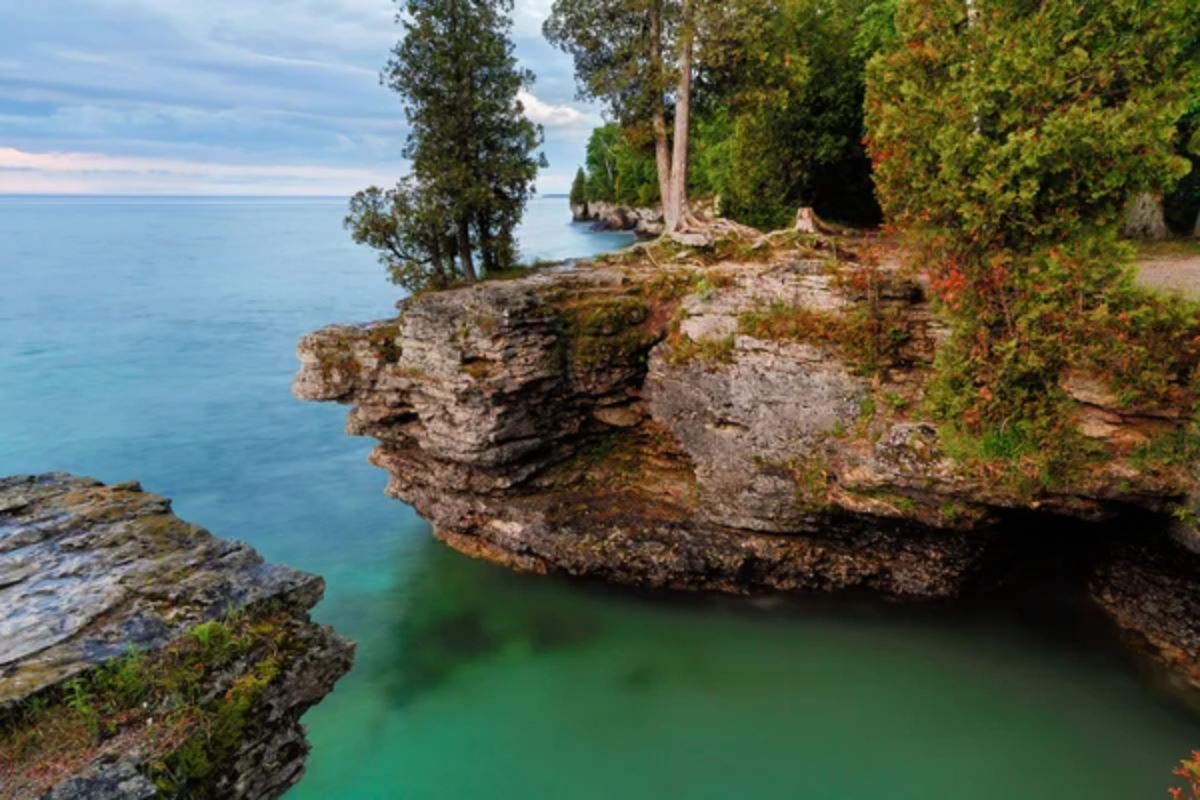
Wisconsin’s Door County Peninsula juts into Lake Michigan, creating a landscape of limestone cliffs, hidden coves, and small towns that feel more like New England villages than Midwest destinations. The peninsula features over 250 miles of shoreline where visitors can explore sea caves, shipwrecks, and beaches that rival those found along ocean coasts.
Local adventures include cherry orchard tours during harvest season, lighthouse climbing experiences, and ferry rides to Washington Island, where Scandinavian heritage remains strong. The region’s fish boils—traditional outdoor cooking events where whitefish, potatoes, and onions are boiled in massive kettles—provide cultural experiences that combine food, community, and theatrical flame displays.
Delmarva Peninsula
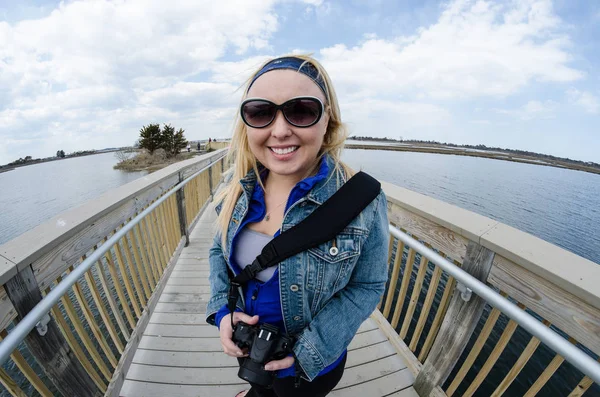
The Delmarva Peninsula, shared by Delaware, Maryland, and Virginia, offers wild horse watching, pristine beaches, and cultural experiences that reflect centuries of maritime heritage. Assateague Island’s wild ponies roam freely across barrier island landscapes where visitors can observe these animals in natural settings while enjoying some of the East Coast’s least crowded beaches.
The peninsula features NASA’s Wallops Flight Facility, where rocket launches provide unexpected space exploration viewing opportunities, while Chincoteague’s annual pony swim continues traditions established in the 1920s. Adventure seekers can explore Blackwater National Wildlife Refuge, where bald eagles nest, kayak through salt marshes where blue crabs thrive and visit working watermen communities where oyster and crab harvesting techniques haven’t changed in generations.
Baja California Peninsula
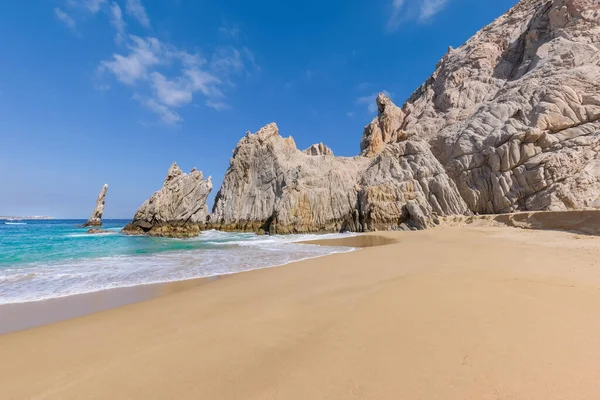
California’s Baja California Peninsula extends south from San Diego County, creating landscapes that transition from chaparral-covered hills to desert environments where cacti grow alongside rocky coastlines. The region offers opportunities to observe gray whale migrations from shore-based locations, explore tide pools that contain sea anemones and starfish, and hike trails where desert plants bloom in spectacular displays during spring months.
Adventure activities include off-road driving on beaches where camping is permitted, kayaking in protected bays where sea lions gather, and visiting artist communities where Mexican and American cultures blend in unique ways. The peninsula’s relative isolation has preserved ecosystems where endangered species like the peninsular bighorn sheep continue to thrive.
Like Travel Pug’s content? Follow us on MSN.
Alaska Peninsula
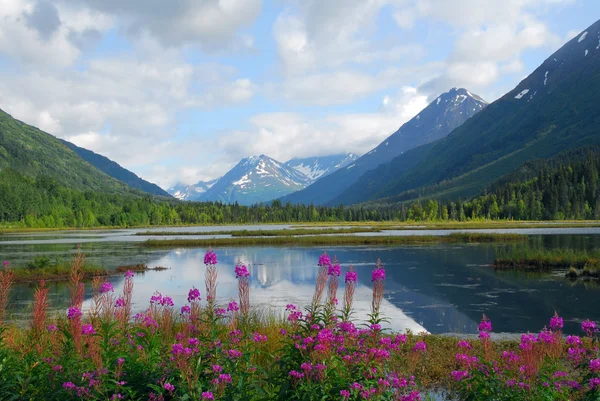
Alaska’s Alaska Peninsula stretches 550 miles southwest of the Alaska mainland, creating one of the most volcanically active regions in North America, where brown bears gather in massive concentrations. Katmai National Park, located on the peninsula, offers opportunities to observe hundreds of brown bears catching salmon during summer runs, with viewing platforms that provide safe observation points for these incredible wildlife spectacles.
The peninsula features active volcanoes, remote fishing lodges accessible only by aircraft, and Native Alaskan communities where traditional subsistence practices continue. Adventure opportunities include bear viewing expeditions, salmon fishing in streams where fish runs remain pristine, and volcano tours that showcase landscapes shaped by ongoing geological activity.
Gaspe Peninsula
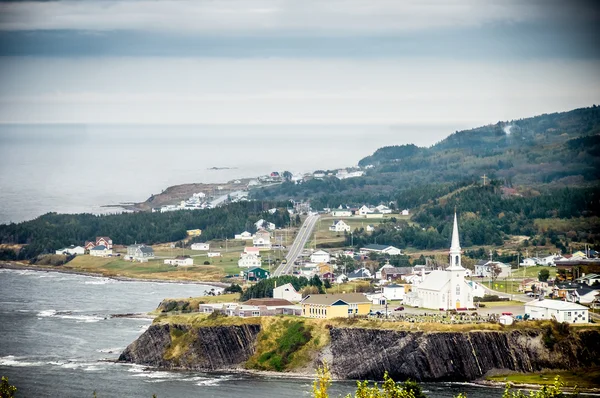
Though technically in Quebec, the Gaspe Peninsula offers adventures accessible to U.S. travelers seeking dramatic coastal scenery and French-Canadian culture. The peninsula features Perce Rock, a massive limestone formation that serves as a seabird sanctuary, and Forillon National Park, where visitors can hike coastal trails that provide views of the Gulf of St. Lawrence.
Local adventures include whale-watching expeditions where visitors may encounter minke, fin, and blue whales, as well as cultural experiences in fishing villages where French traditions remain strong. The region’s isolation has preserved landscapes where caribou herds migrate and where traditional Maritime culture continues to influence local customs and cuisine.
Bruce Peninsula
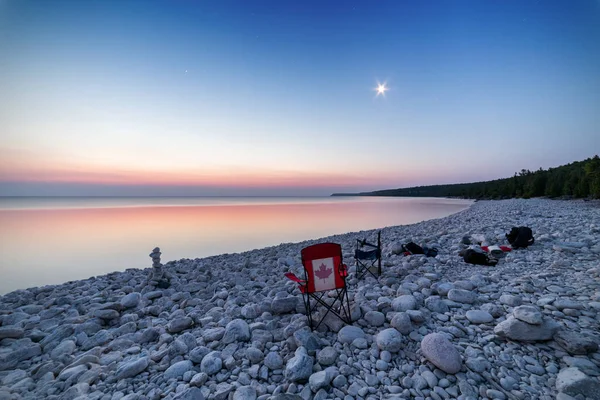
Ontario’s Bruce Peninsula, accessible from Michigan, offers crystal-clear waters, limestone cliffs, and hiking opportunities that rival more famous national parks. The Bruce Trail follows the peninsula’s spine, providing access to scenic overlooks where visitors can observe Georgian Bay’s incredibly clear waters and scattered islands.
The peninsula features Cyprus Lake, where visitors can camp in sites that require short hikes to reach, and Flowerpot Island, where natural rock formations create unique geological displays. Adventure activities include scuba diving in shipwrecks where visibility often exceeds 100 feet, kayaking among islands where few other people venture, and hiking trails where wild orchids bloom in environments that resemble northern wilderness areas.
Like Travel Pug’s content? Follow us on MSN.
Point Reyes Peninsula
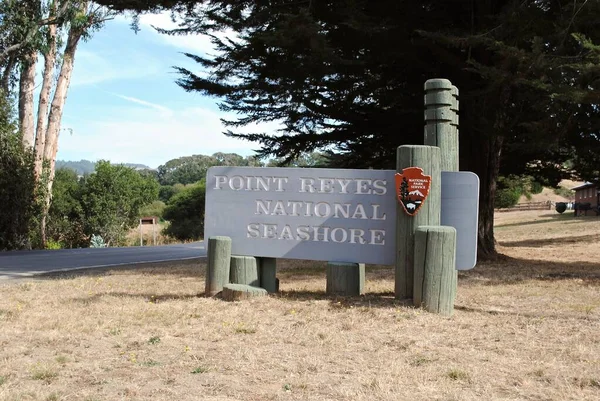
California’s Point Reyes Peninsula offers dramatic coastal scenery, wildlife viewing opportunities, and agricultural landscapes that feel isolated despite being located near San Francisco. The peninsula features Point Reyes Lighthouse, accessible via a steep trail that provides views of migrating gray whales and elephant seals, while nearby beaches offer tide pooling opportunities where visitors can observe sea stars and anemones.
Local adventures include oyster farm visits where visitors can learn about sustainable aquaculture, elk watching in areas where tule elk herds roam freely, and hiking trails that pass through coastal prairies where wildflowers bloom in spectacular displays. The peninsula’s fog-shrouded landscapes create atmospheric conditions that change dramatically within short distances.
Leelanau Peninsula
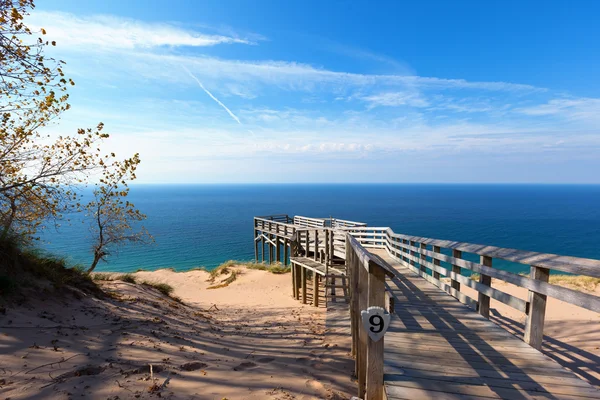
Michigan’s Leelanau Peninsula extends into Lake Michigan, offering wine country experiences, sleeping bear dunes, and small towns that maintain distinct cultural identities. The peninsula features Sleeping Bear Dunes National Lakeshore, where visitors can climb massive sand formations that provide panoramic views of Lake Michigan’s eastern shore.
Local adventures include wine tastings at vineyards that benefit from lake-effect climate moderation, cherry orchard tours during harvest season, and lighthouse visits where historical exhibits explain Great Lakes maritime heritage. The peninsula’s isolation has preserved farming communities where traditional agricultural practices continue and where local businesses cater to visitors seeking authentic rural experiences rather than commercialized tourism.
Cape May Peninsula

New Jersey’s Cape May Peninsula offers Victorian architecture, bird-watching opportunities, and beach experiences that differ significantly from the state’s more developed coastal areas. The peninsula serves as a critical stopover point for migrating birds, where visitors can observe hawks, warblers, and butterflies during seasonal migrations that create spectacular natural displays.
Local adventures include Victorian house tours in Cape May City, where architectural preservation efforts have maintained 19th-century character, whale watching expeditions where visitors may encounter dolphins and whales, and lighthouse climbing experiences that provide views of Delaware Bay and the Atlantic Ocean. The peninsula’s location at the confluence of two major water bodies creates unique ecosystems where both freshwater and saltwater species thrive.
Like Travel Pug’s content? Follow us on MSN.
Apostle Islands Peninsula

Wisconsin’s Bayfield Peninsula provides access to the Apostle Islands, where sea caves, lighthouses, and pristine wilderness areas offer adventures that rival those found in more famous national parks. The peninsula serves as the gateway to island-hopping adventures where visitors can explore sea caves carved by Lake Superior’s waves, hike trails where black bears and timber wolves roam, and kayak among islands where few other people venture.
Local adventures include ice cave tours during winter months when Lake Superior freezes solid enough to walk on, lighthouse tours that explain Great Lakes maritime history, and fishing expeditions where lake trout and salmon provide world-class angling opportunities. The peninsula’s harsh winters have preserved communities where traditional northern Wisconsin culture remains strong.
Seward Peninsula
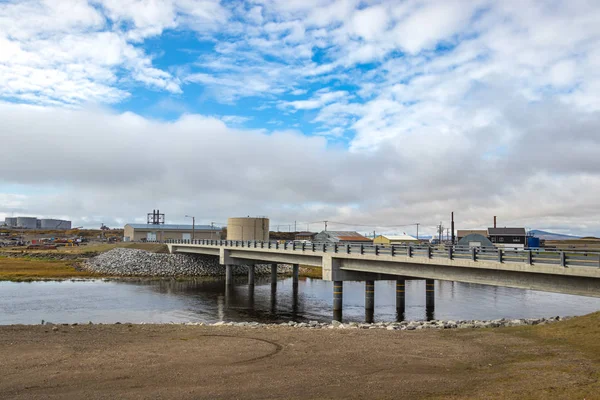
Alaska’s Seward Peninsula offers a gold rush history, reindeer herding culture, and landscapes that provide access to some of the most remote wilderness areas in North America. The peninsula features Nome, where visitors can learn about gold mining history and observe reindeer herds that represent ongoing connections between Native Alaskan and Scandinavian cultures.
Adventure opportunities include gold panning experiences where visitors can search for precious metals in creeks where prospectors struck it rich over a century ago, bird-watching expeditions where arctic species gather during brief summer seasons, and cultural tours that provide insights into Inupiat traditions that have adapted to modern life while maintaining ancient practices. The peninsula’s isolation creates conditions where northern light displays reach remarkable intensity during winter months.
Monterey Peninsula
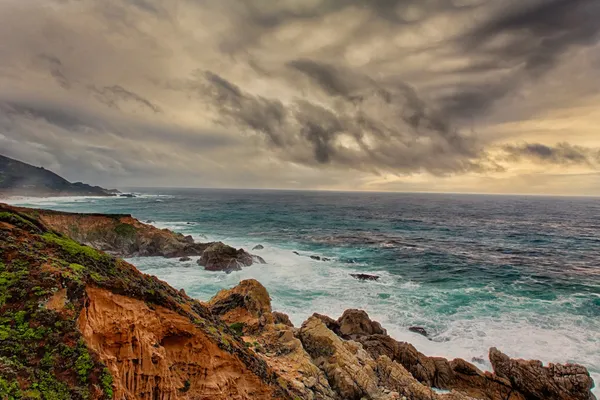
California’s Monterey Peninsula offers world-class golf courses, marine sanctuary experiences, and coastal landscapes that have inspired artists and writers for generations. The peninsula features Pebble Beach Golf Links and other championship courses where visitors can play rounds with Pacific Ocean views, while the nearby Monterey Bay Aquarium provides educational experiences about marine ecosystems.
Local adventures include sea otter watching from kayaks where these playful marine mammals gather in kelp forests, tide pooling at points where rocky coastlines create protected environments, and scenic drives along the 17-Mile Drive where cypress trees frame dramatic coastal scenery. The peninsula’s upscale character contrasts with nearby areas where visitors can find more affordable accommodations and dining options.
Like Travel Pug’s content? Follow us on MSN.
Florida Keys Peninsula
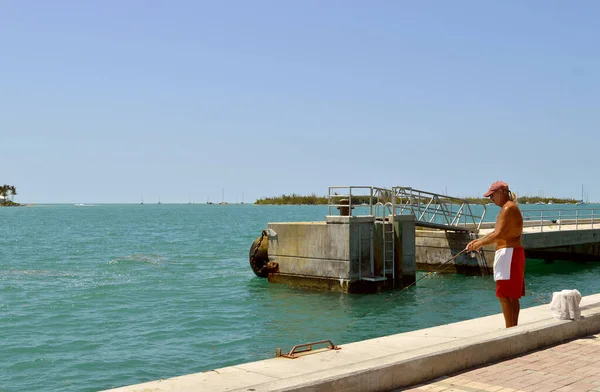
Florida’s Keys Peninsula extends southwest from the mainland, creating a unique island-hopping experience where visitors can drive across bridges that span tropical waters. The peninsula features John Pennekamp Coral Reef State Park, where glass-bottom boat tours provide views of living coral reefs, while Key West offers cultural experiences that blend Caribbean and American influences.
Adventure activities include snorkeling and diving expeditions where visitors can explore shipwrecks and coral formations, fishing charters where tarpon and sailfish provide world-class angling opportunities, and kayaking tours through mangrove channels where manatees and dolphins frequently appear. The peninsula’s isolation has created communities where traditional island culture persists despite modern development pressures.
Long Island Peninsula
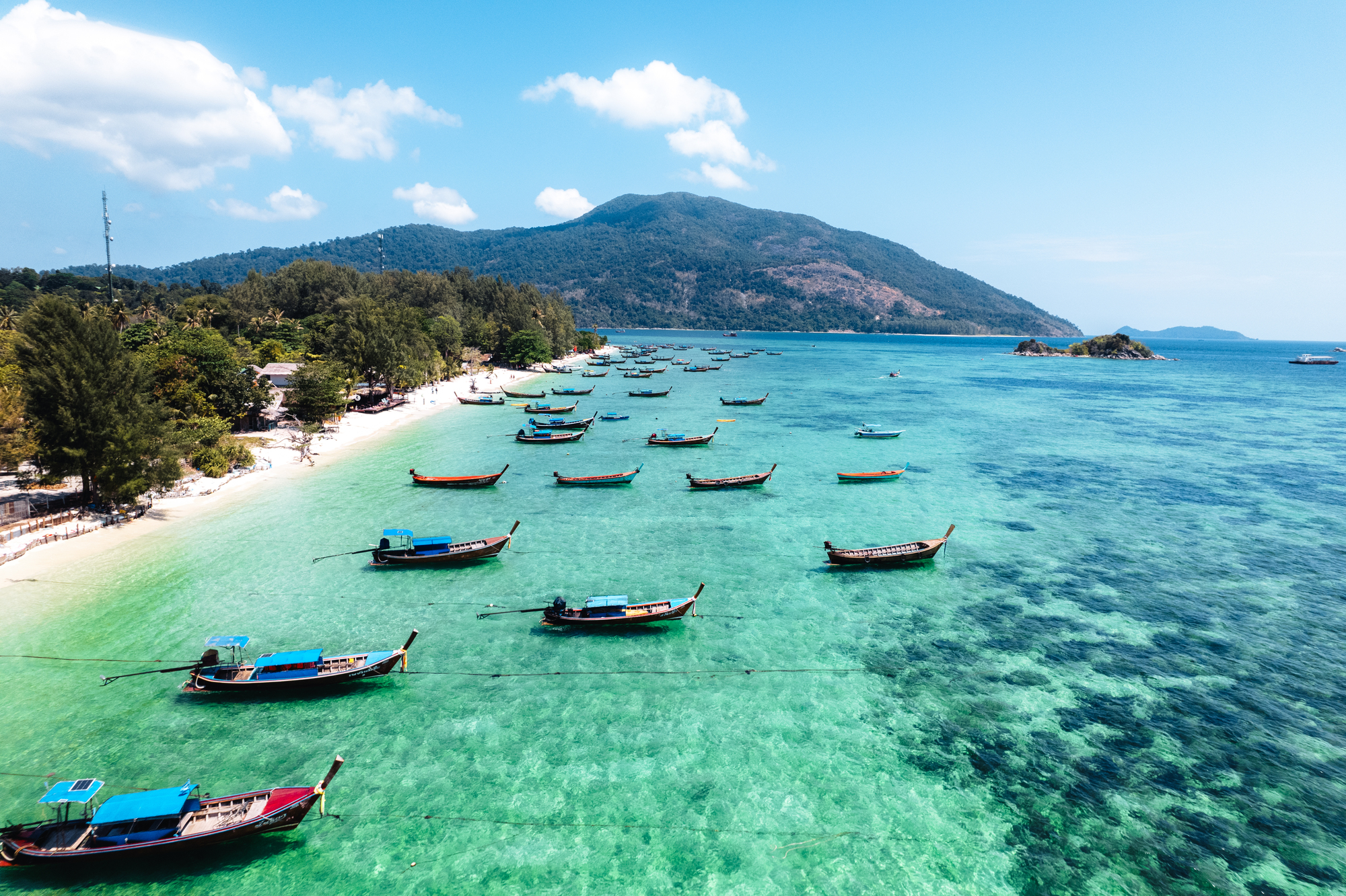
New York’s Long Island offers surprisingly diverse landscapes that range from urban beaches to agricultural areas where wine production has created new tourism opportunities. The peninsula features the Hamptons, where upscale beach communities attract wealthy visitors, while the North Fork provides wine-country experiences and farm-to-table dining options. Adventure opportunities include fishing expeditions where striped bass and fluke provide excellent angling, lighthouse tours that explain Long Island Sound maritime history, and hiking trails in state parks where pitch pine forests create unique ecosystems. The peninsula’s length creates microclimates where different recreational activities are possible within short driving distances.
Kitsap Peninsula
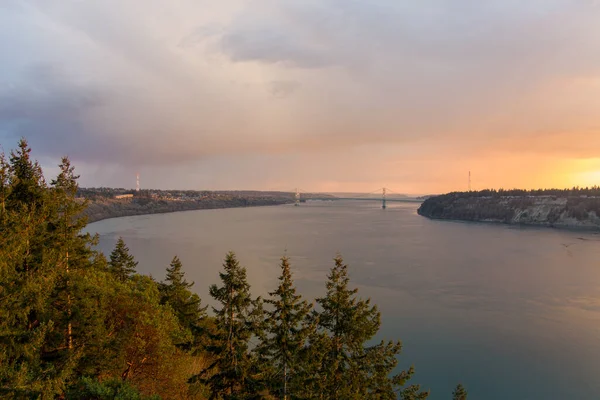
Washington’s Kitsap Peninsula offers Pacific Northwest experiences that include ferry rides, naval history, and outdoor adventures that feel remote despite being accessible from Seattle. The peninsula features the Puget Sound Naval Shipyard, where visitors can learn about military maritime history, while nearby state parks provide hiking trails through old-growth forests.
Local adventures include ferry rides that provide views of the Olympic Mountains and Seattle skyline, kayaking in protected waters where orcas occasionally appear, and hiking trails where waterfalls cascade through temperate rainforest environments. The peninsula’s maritime culture has created communities where traditional Pacific Northwest industries like logging and fishing continue alongside modern tourism development.
Like Travel Pug’s content? Follow us on MSN.
Point Pelee Peninsula
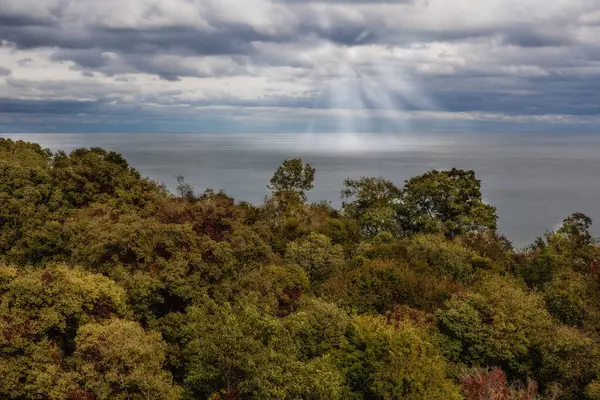
Ontario’s Point Pelee Peninsula, accessible from Michigan, represents Canada’s southernmost point and offers bird-watching opportunities that attract visitors from across North America. The peninsula serves as a critical stopover for migrating monarch butterflies and birds, where visitors can observe spectacular natural phenomena during the spring and fall migration seasons.
Adventure activities include canoeing through marshlands where various waterfowl species nest, hiking trails through Carolinian forests where plant species more common in southern states thrive, and bird-watching expeditions where over 300 species have been recorded. The peninsula’s unique location creates ecosystems where northern and southern species overlap in ways found nowhere else in Canada.
Hatteras Peninsula
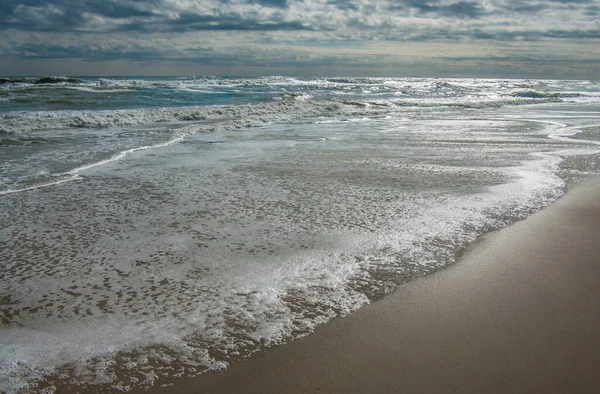
North Carolina’s Hatteras Peninsula offers world-class fishing, wild horse watching, and lighthouse experiences along the Outer Banks, where shipwrecks and maritime history create unique cultural landscapes. The peninsula features Cape Hatteras Lighthouse, America’s tallest lighthouse, where visitors can climb to observation decks that provide views of the Atlantic Ocean and Pamlico Sound.
Adventure opportunities include fishing expeditions where red drum and cobia provide excellent angling, wild horse watching on nearby islands where banker horses roam freely, and shipwreck diving where numerous vessels lost to the ‘Graveyard of the Atlantic’ create artificial reefs. The peninsula’s exposure to Atlantic storms has created communities where traditional coastal culture persists alongside modern tourism development.
Mendocino Peninsula

California’s Mendocino Peninsula offers rugged coastlines, redwood forests, and small towns that maintain distinct cultural identities despite being relatively accessible from San Francisco. The peninsula features Mendocino Headlands State Park, where visitors can observe migrating whales from coastal bluffs, while nearby forests provide hiking opportunities among some of the world’s tallest trees.
Local adventures include wine tasting at vineyards that benefit from cool coastal climate conditions, abalone diving where these valuable shellfish can be legally harvested, and cultural tours of Victorian-era logging towns that have transitioned into artist communities. The peninsula’s isolation has preserved ecosystems where endangered species like the Point Arena mountain beaver continue to survive.
Like Travel Pug’s content? Follow us on MSN.
Adventures Beyond the Mainland

These peninsular destinations demonstrate how geographic isolation creates opportunities for adventures that differ significantly from typical mainland experiences. The combination of coastal access, unique ecosystems, and preserved cultural landscapes provides travelers with alternatives to overcrowded national parks and commercialized tourist destinations.
Each peninsula offers the psychological freedom that comes from being surrounded by water while maintaining land connections that make these adventures accessible to travelers seeking authentic American experiences in landscapes that feel genuinely remote.
More from Travel Pug

- Cities Growing so Fast You Won’t Recognize Them in 10 Years
- 13 Destinations Where Tourists Regularly Regret Their Trip
- 16 U.S. Cities That Are Quietly Becoming Travel Hotspots
- Where to Travel If You Love Long Bus Rides and Daydreams
- 20 Cities Perfect for Solo Travelers Who Crave Adventure & Culture
Like Travel Pug’s content? Follow us on MSN.
